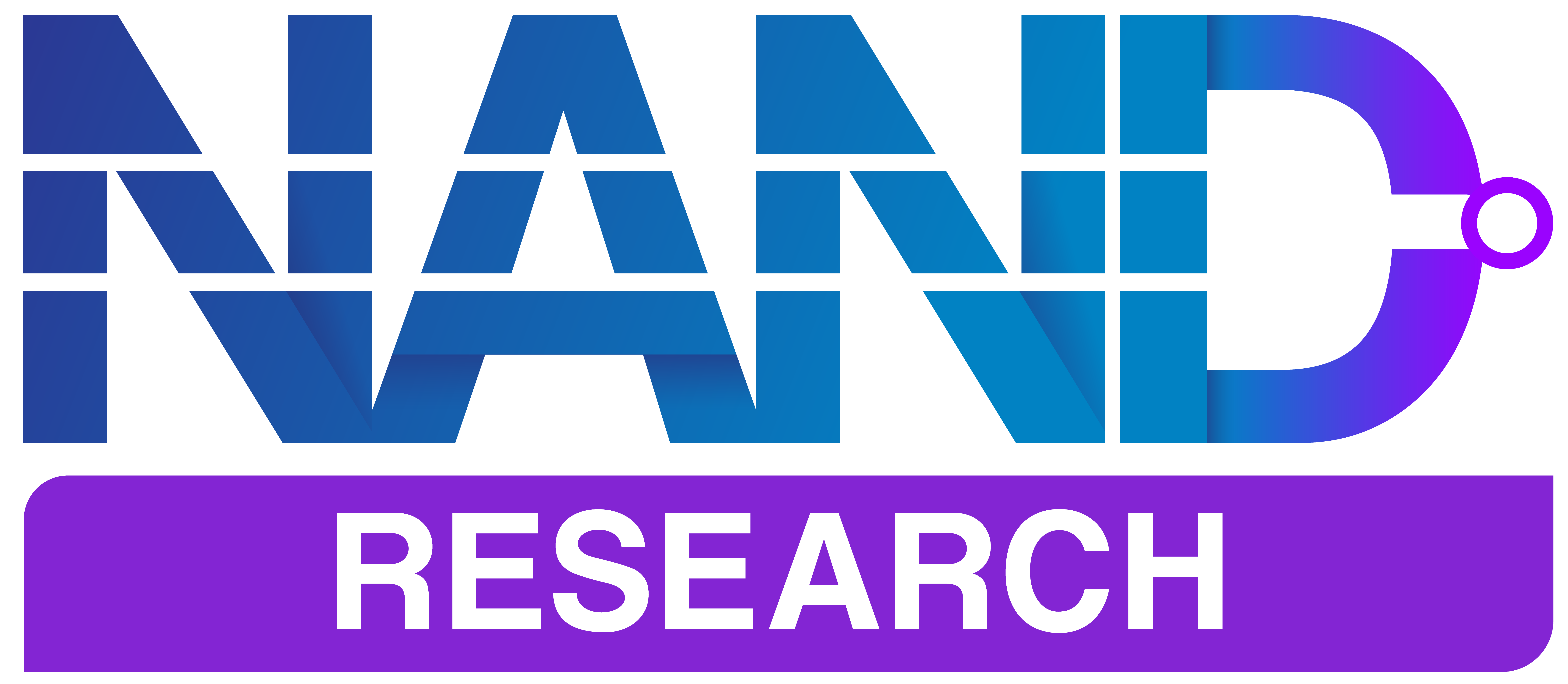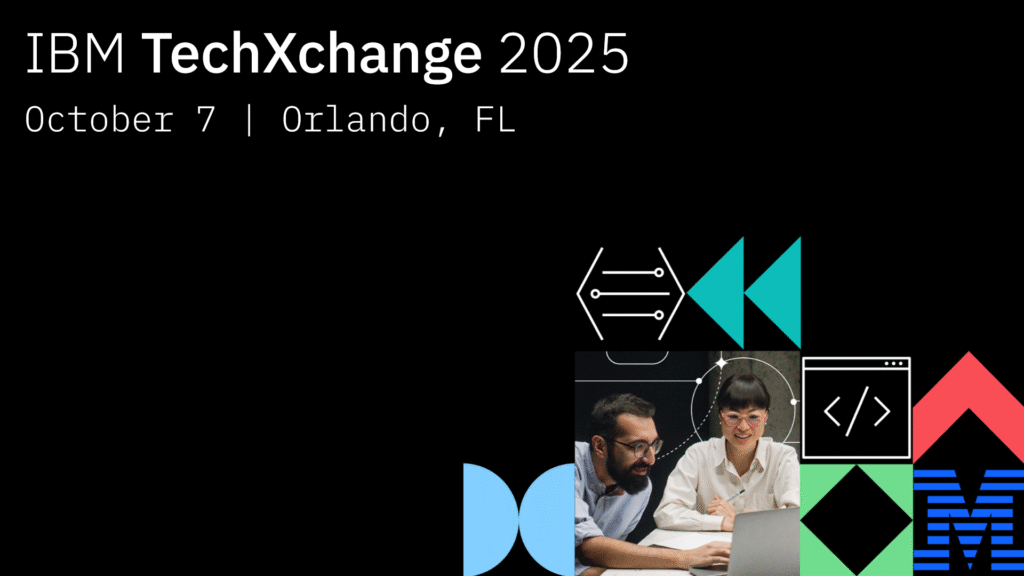I’ve just returned from IBM TechXchange 2025 in Orlando, and if there was one overarching message from this year’s event, it was this: the era of AI experimentation is over, and IBM is ready to help enterprises bring it to production environments.
The Agentic AI Imperative
The star of the show was undoubtedly agentic AI, systems that can autonomously perform complex tasks by orchestrating multiple tools and making decisions. IBM’s vision here isn’t about the usual flashy demos, but rather in building reliable, governed workflows that can scale in mission-critical environments.
The centerpiece of IBM’s strategy is its enhanced watsonx Orchestrate, which now features Agentic Workflows for building standardized, reusable agent sequences. IBM is also integrating Langflow’s visual builder, making it easier for developers to construct these complex workflows without wrestling with brittle code.
I attended the technical session on building agents with Orchestrate and walked away feeling like I (who hasn’t written code in a decade) could step up and build something – it’s worth pointing out that we’re doing some work internally with Langflow and IBM’s Docling libraries to build a few AI workflows that are savvy in the sorts of technology that we track, trained on our own internal library of collateral.
One of the things that most impressed me was IBM’s focus on Agent Governance and Observability, which treats agent evaluation as a full lifecycle concern from pre-deployment through production. This is a critical set of capabilities when bringing AI into the enterprise.
To make this practical, IBM is expanding its catalog of pre-built agents beyond HR, Procurement, and Sales to now include Finance, Supply Chain, and Customer Service domains. This is smart, as enterprises don’t want to build everything from scratch.
A Strategic Alliance: IBM + Anthropic
One of the biggest announcements at TechXchange is IBM’s partnership with Anthropic to embed Claude’s LLMs throughout IBM’s software portfolio. As Dinesh Nirmal, SVP of Software at IBM, put it, they’re focused on “AI that fits how enterprises work — not experimental tools that create new risks.”
That makes the partnership about more than just access to powerful models. The companies are working together to bake in security, governance, and cost controls from day one. That’s the kind of enterprise-grade thinking that separates production AI from science projects.
Mainframe Gets the AI Treatment
IBM hasn’t forgotten its bread and butter. The new watsonx Assistant for Z brings agentic AI capabilities to mainframe management, promising to transform how operators engage with IBM Z systems.
Meanwhile, IBM Apptio Mainframe TCO gives IT leaders unprecedented visibility into the true cost of ownership across workloads and applications.
Making GenAI Observable and Manageable
As organizations scale LLMs into production, IBM addresses the operational chaos that often follows. IBM Instana GenAI Observability tackles the thorniest problems: debugging opaque AI pipelines, controlling unpredictable token costs, and ensuring reliable experiences.
IBM has a rich set of observability solutions, each of which was the result of an acquisition, leading to an often-disjointed user experience when navigating between Instana, Turbonomic, and related tools. Along with a bevy of new features, the company announced tighter integration between these elements to unify the experience.
The Bottom Line
IBM TechXchange 2025 reinforced for me that IBM isn’t chasing the latest AI hype. Instead, the company’s doing what’s it’s always done. It’s solving the unglamorous but critical challenges that keep enterprise CIOs up at night, little things like governance, security, observability, cost control, and reliable scale.
If your organization is moving beyond “Can we do AI?” to “How do we operationalize AI across the business?”, IBM’s announcements demonstrate they’re building the infrastructure and tooling to make that transition possible.
The focus on agentic workflows, in particular, feels like the next logical evolution. This is the world moving from simple AI assistance to autonomous systems that can actually get work done.
Enterprises are going to adopt AI at scale. The real question is who will provide the boring, essential plumbing to make it work reliably. IBM is clearly angling for a well-earned leadership position here.





